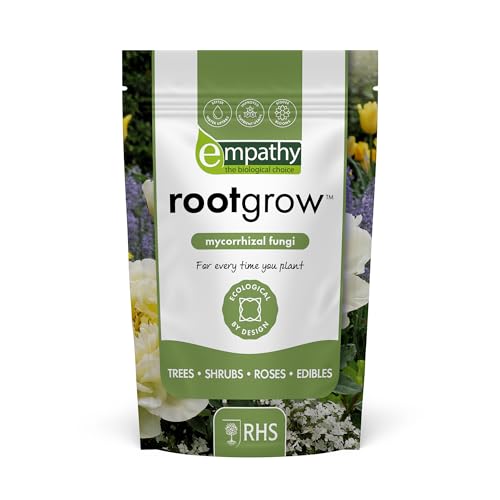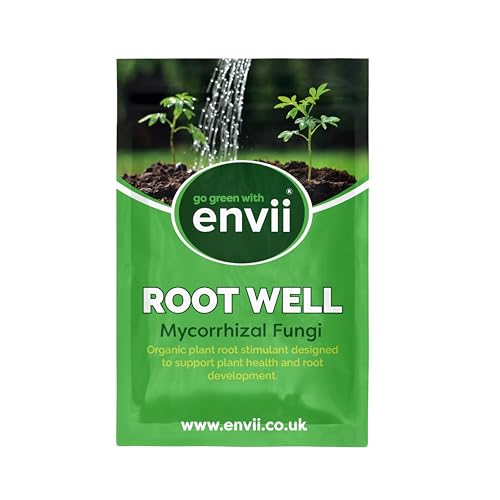This secret gardening ingredient could be the key to stronger rose plants – and even more flowers
Is mycorrhizal fungi worth it? We spoke to the experts to find out...
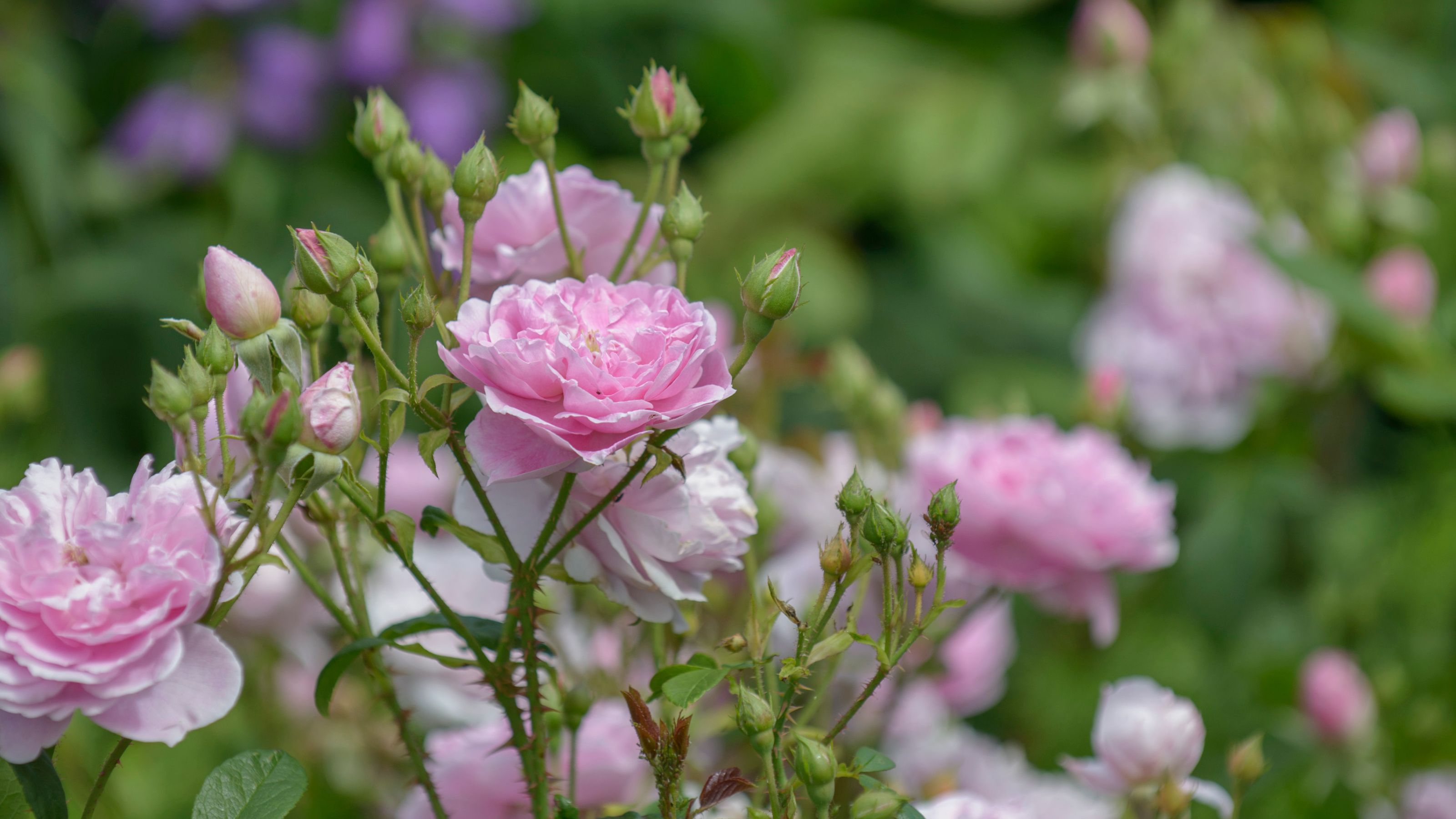

Ever heard of mycorrhizal fungi? It’s a tricky one to pronounce, but there’s a lot of buzz around it in the gardening world.
If you know how to plant roses, you’ve probably come across mycorrhizal fungi before. Plenty of guides recommend adding this fungus to the planting hole, and it’s said to be a great way to settle your new plant into the garden.
So, should you use mycorrhizal fungi when planting roses? I spoke to the experts to find out.
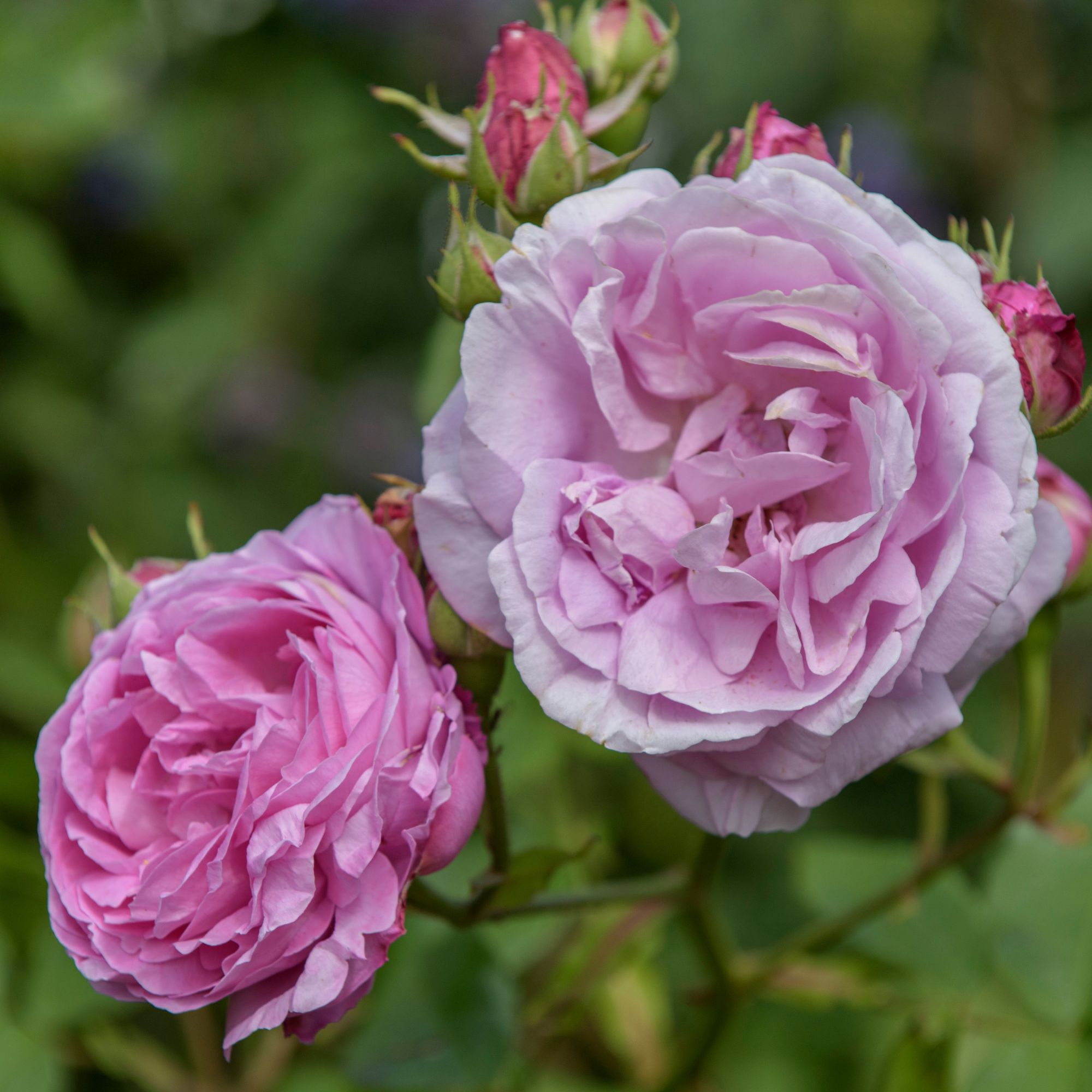
What better place to start than with the wisdom of senior gardener Michael Harvey from the National Trust’s Mottisfont in Hampshire? It’s home to the National Collection of pre-1900 shrub roses, so I was keen to hear what Michael thinks of mycorrhizal fungi.
‘Adding mycorrhizal fungi when planting will help the rose absorb nutrients from the soil long-term,’ he says. ‘It is a much-debated topic, but adding it will not harm the plant. Every little helps for the growth of the rose.’

The more nutrients your rose can take from the soil right off the bat, the better root system it’ll be able to form.
While fertilising your roses is one of the most important ways to look after your roses, adding mycorrhizal fungi when planting will give them an extra boost.
In fact, David Austin Roses recently sent me their new Emma Bridgewater bare root rose, along with some mycorrhizal fungi. I used it when planting the rose in my garden border.
‘We recommend using David Austin Mycorrhizal Fungi to aid root development,’ says Liam Beddall, senior rose consultant at David Austin Roses.
According to the product description, a stronger root system means greater vigour, higher resistance to drought and more abundant flowering – so it’s definitely worth considering. Just make sure you know how to deadhead roses to keep them blooming for as long as possible.
How to use mycorrhizal fungi when planting roses

So, mycorrhizal fungi gets the green light from our panel of garden experts – but how should you use it?
For the best results, you’ll need to add the fungi when you plant your rose.
‘Add a sprinkle of Rootgrow mycorrhizal fungi to the bottom of the planting hole,’ says Susie Curtis, Horticultural Buyer at Johnsons Seeds. ‘This acts as an intermediary between the roots and the soil.’
And it's as simple as that! Adding mycorrhizal fungi when planting your rose will get it off to the best possible start – and that means better resilience for the summer ahead, and even more flowers.
Get the Ideal Home Newsletter
Sign up to our newsletter for style and decor inspiration, house makeovers, project advice and more.

Sophie joined the Ideal Home team as Gardens Editor in June 2024. After studying English at Royal Holloway, University of London, she began writing for Grow Your Own, which spurred on her love of gardening. She's tried growing almost every vegetable under the sun, and has a soft spot for roses and dinnerplate dahlias.
As Gardens Editor, Sophie's always on the lookout for the latest garden trend. She loves sharing growing hacks for every space, from herbaceous borders to balconies.
You must confirm your public display name before commenting
Please logout and then login again, you will then be prompted to enter your display name.
-
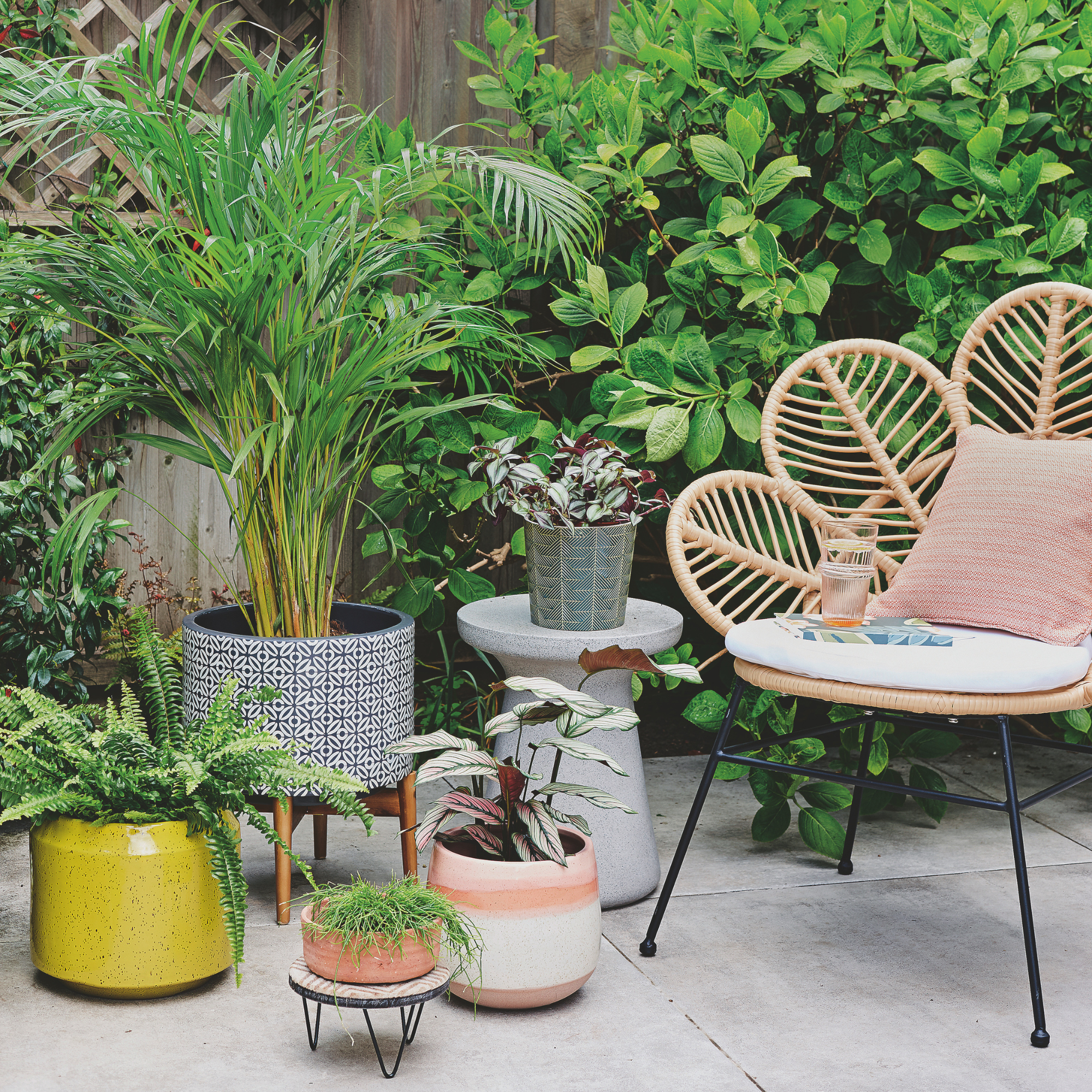 3 ways to use plants to Feng Shui your patio for calming outdoor space - and the blooms the experts swear by to achieve this
3 ways to use plants to Feng Shui your patio for calming outdoor space - and the blooms the experts swear by to achieve thisWant your patio to feel like a calming space? Then you need to know how to apply Feng Shui to your plants
By Kezia Reynolds
-
 I'm a Homes Editor with expensive taste, but Debenhams just made me do a double-take with this bargain designer-look outdoor sofa
I'm a Homes Editor with expensive taste, but Debenhams just made me do a double-take with this bargain designer-look outdoor sofaThis is the last place I thought I'd find my dream outdoor sofa
By Rebecca Knight
-
 15 ways to add kerb appeal to your home – experts share what really works for a stylish first impression
15 ways to add kerb appeal to your home – experts share what really works for a stylish first impressionMake your home's exterior pop with these ideas
By Jenny McFarlane
